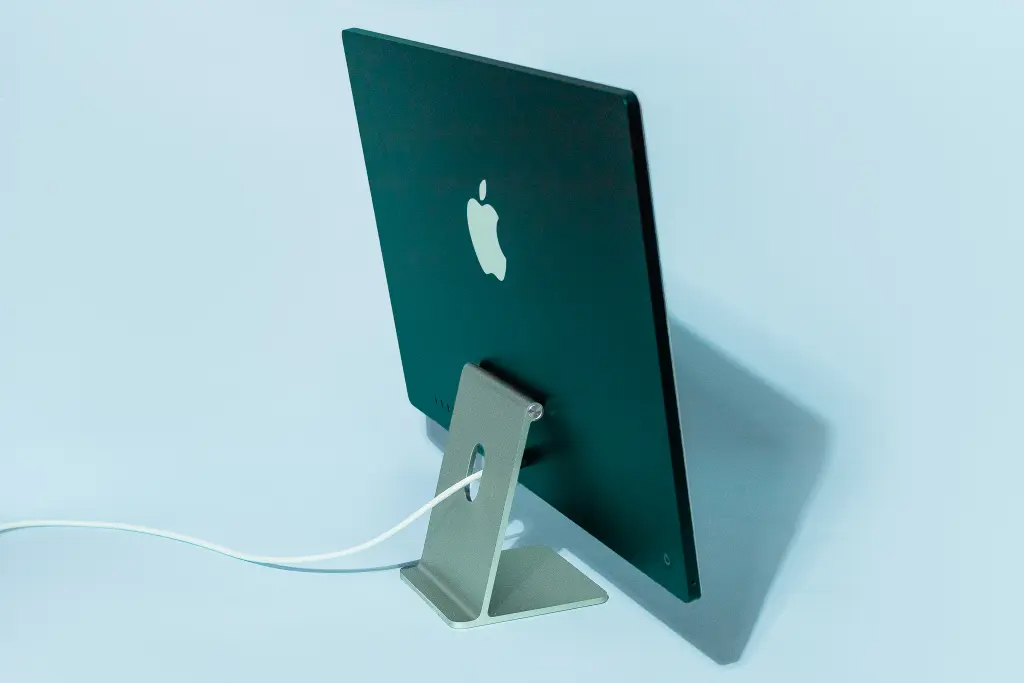Turning on an Apple desktop, such as an iMac, Mac mini, or Mac Pro, is a straightforward process, but for new users transitioning from other operating systems or those who have encountered issues with their machines, a detailed guide can be helpful. This step-by-step guide will walk you through the process of powering on your Apple desktop and troubleshooting some common startup issues that might prevent your computer from booting up properly.
Initial Setup and Power On
Unpacking and Connecting Your Apple Desktop
When setting up a new Apple desktop, carefully remove it from the packaging and place it on a stable surface. Connect the power cable to the back of the desktop and plug the other end into an electrical outlet. For iMacs, the power button is typically located on the back of the screen near the lower-left corner. For Mac mini and Mac Pro, the power button is usually found on the back of the device.
Pressing the Power Button
Once everything is connected, press the power button firmly. You should hear a startup chime, and the screen will light up. If you are setting up the desktop for the first time, you’ll be greeted with the setup assistant, which will guide you through the process, including connecting to Wi-Fi, creating a user account, and configuring settings.
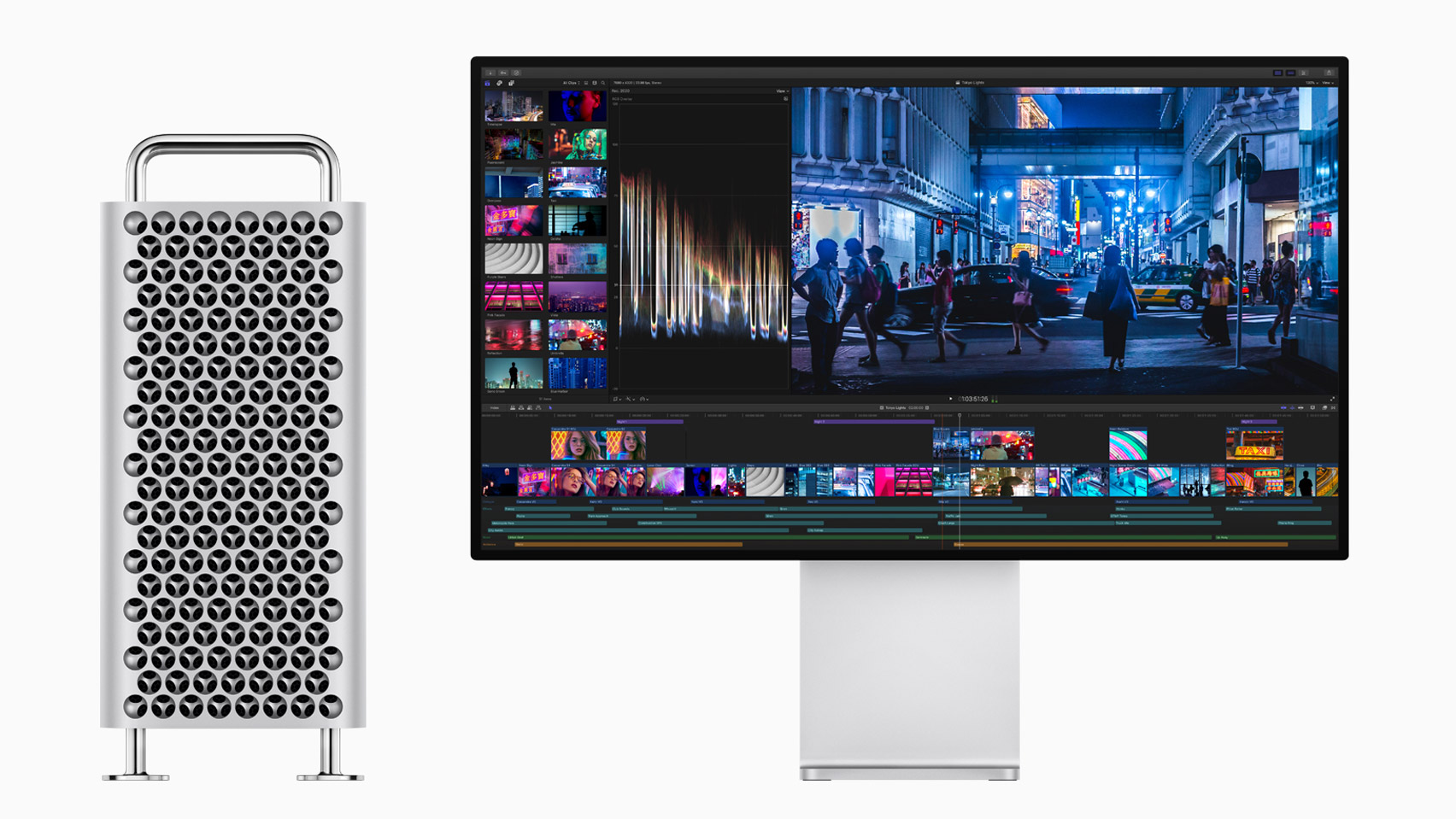
Troubleshooting Common Startup Issues
Checking Power Connections
If pressing the power button doesn’t do anything, ensure that all cables are properly connected and that the power outlet is functioning. Try using a different outlet or power strip to rule out any issues with the power source. It’s also worth checking the power cable for any signs of damage.
Resetting the System Management Controller (SMC)
If the desktop still doesn’t turn on, resetting the SMC can sometimes resolve startup issues. To reset the SMC on a Mac mini or Mac Pro, shut down the computer, unplug the power cord, wait 15 seconds, plug the cord back in, wait another 5 seconds, and press the power button. On an iMac, the process varies by model, so refer to Apple’s official support documentation for instructions specific to your machine.
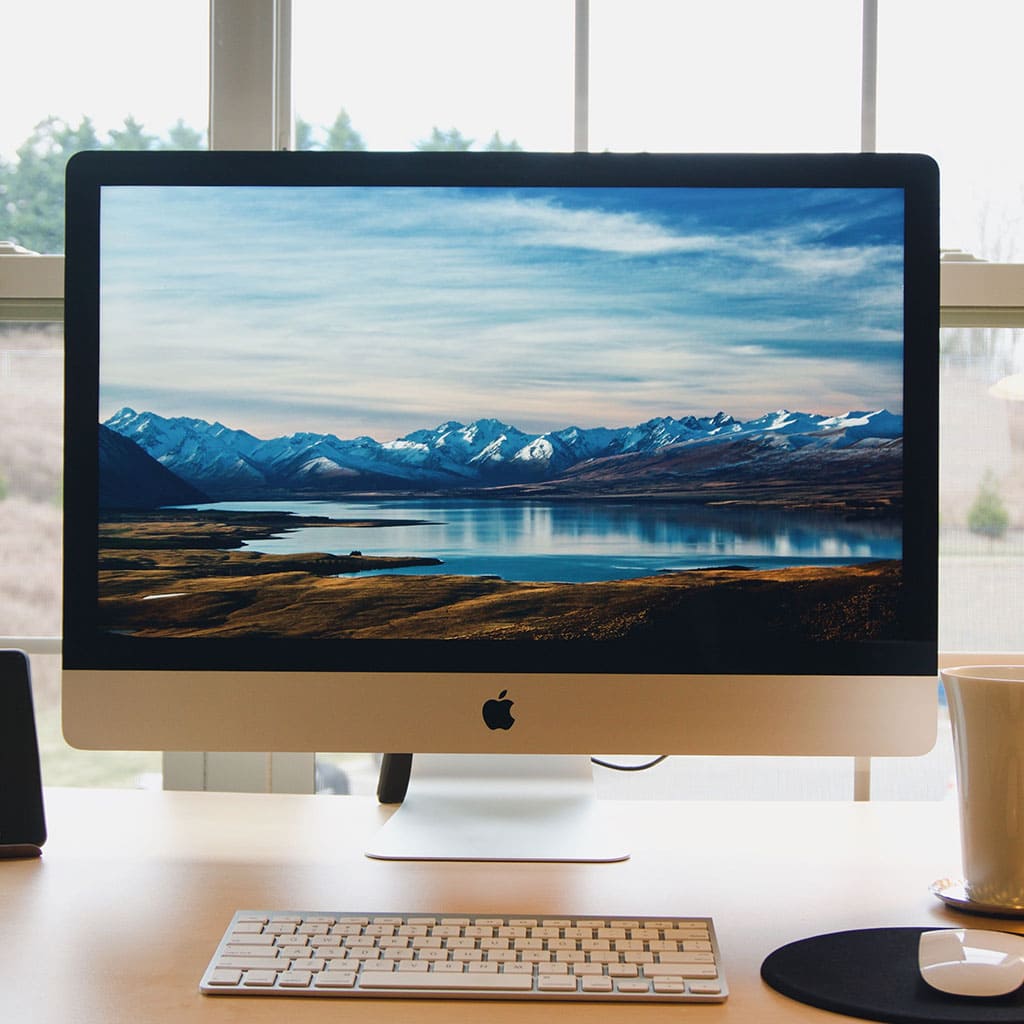
Understanding the Boot Process
Recognizing Normal Startup Signs
During a normal startup, you’ll see a grey or black screen with the Apple logo and a progress bar. The length of time it takes to boot up can vary depending on your desktop’s specifications and the macOS version it’s running. Hearing the startup chime and seeing the screen light up are good signs that your Apple desktop is functioning correctly.
Listening for Beep Codes
If there’s an issue with your Apple desktop during startup, it might emit a series of beeps. These beep codes are diagnostic indicators that can help you or a technician troubleshoot hardware problems. The pattern of beeps can signal different issues, such as problems with the RAM or motherboard. Refer to Apple’s support site for guidance on interpreting these beep codes.
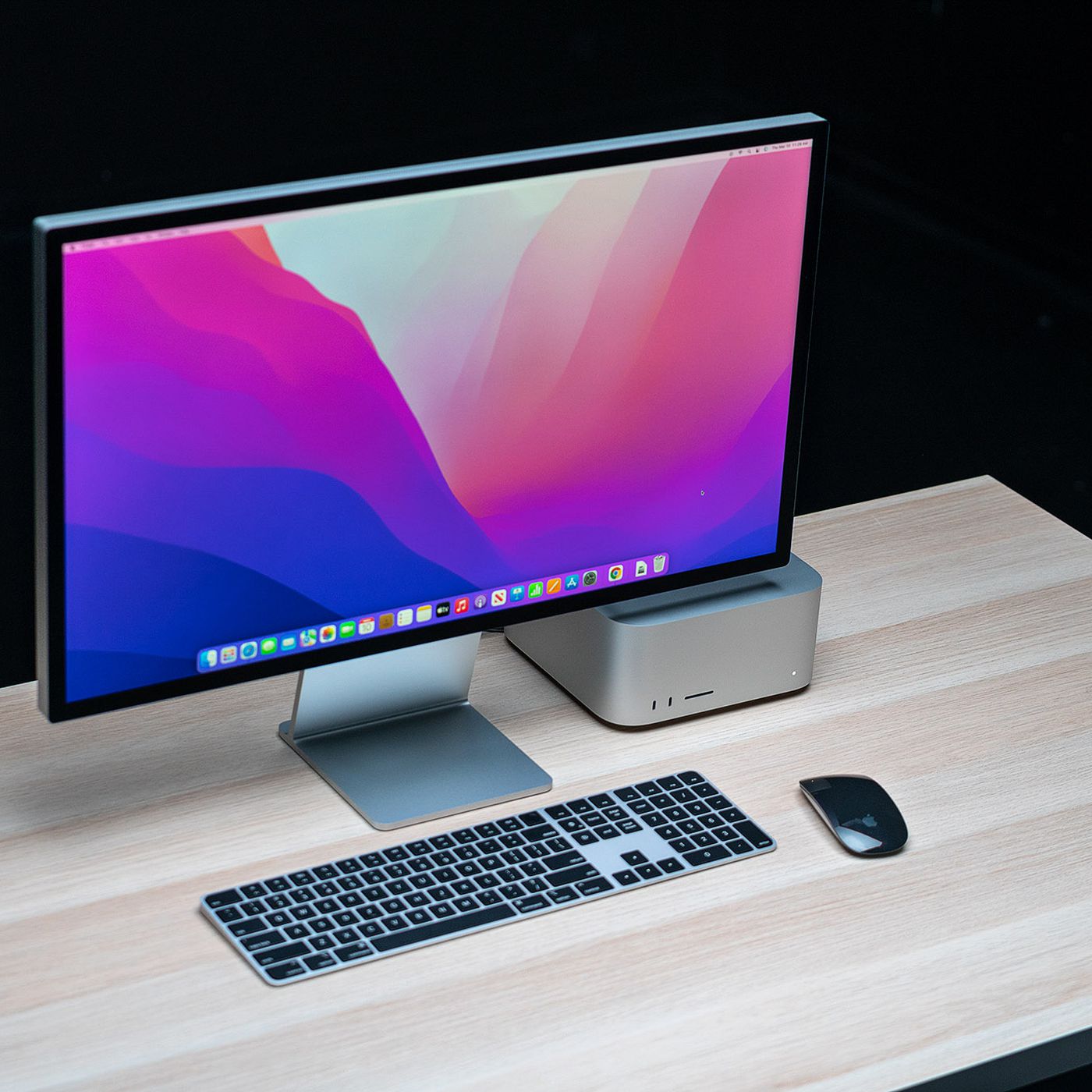
Post-Startup Checks and Tips
Confirming Successful Boot
Once your Apple desktop has successfully booted up and you’ve reached the login screen or desktop, it’s a good idea to check that all systems are running smoothly. Open a few applications to make sure they load correctly, and check your internet connection by browsing in Safari or another web browser.
Regular Maintenance for Future Startups
To ensure that future startups go smoothly, perform regular maintenance on your Apple desktop. This includes keeping the macOS up to date, managing your startup items to prevent unnecessary programs from launching at boot, and occasionally restarting your computer to clear the memory and refresh the system.
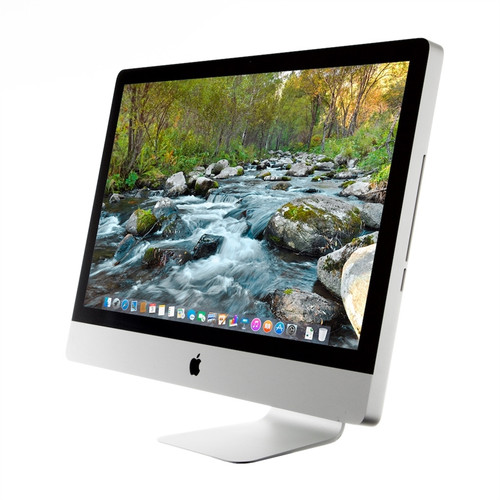
Initial Setup and Power On
Unpacking and Connecting Your Apple Desktop
When setting up a new Apple desktop, carefully remove it from the packaging and place it on a stable surface. Connect the power cable to the back of the desktop and plug the other end into an electrical outlet. For iMacs, the power button is typically located on the back of the screen near the lower-left corner. For Mac mini and Mac Pro, the power button is usually found on the back of the device.
Pressing the Power Button
Once everything is connected, press the power button firmly. You should hear a startup chime, and the screen will light up. If you are setting up the desktop for the first time, you’ll be greeted with the setup assistant, which will guide you through the process, including connecting to Wi-Fi, creating a user account, and configuring settings.
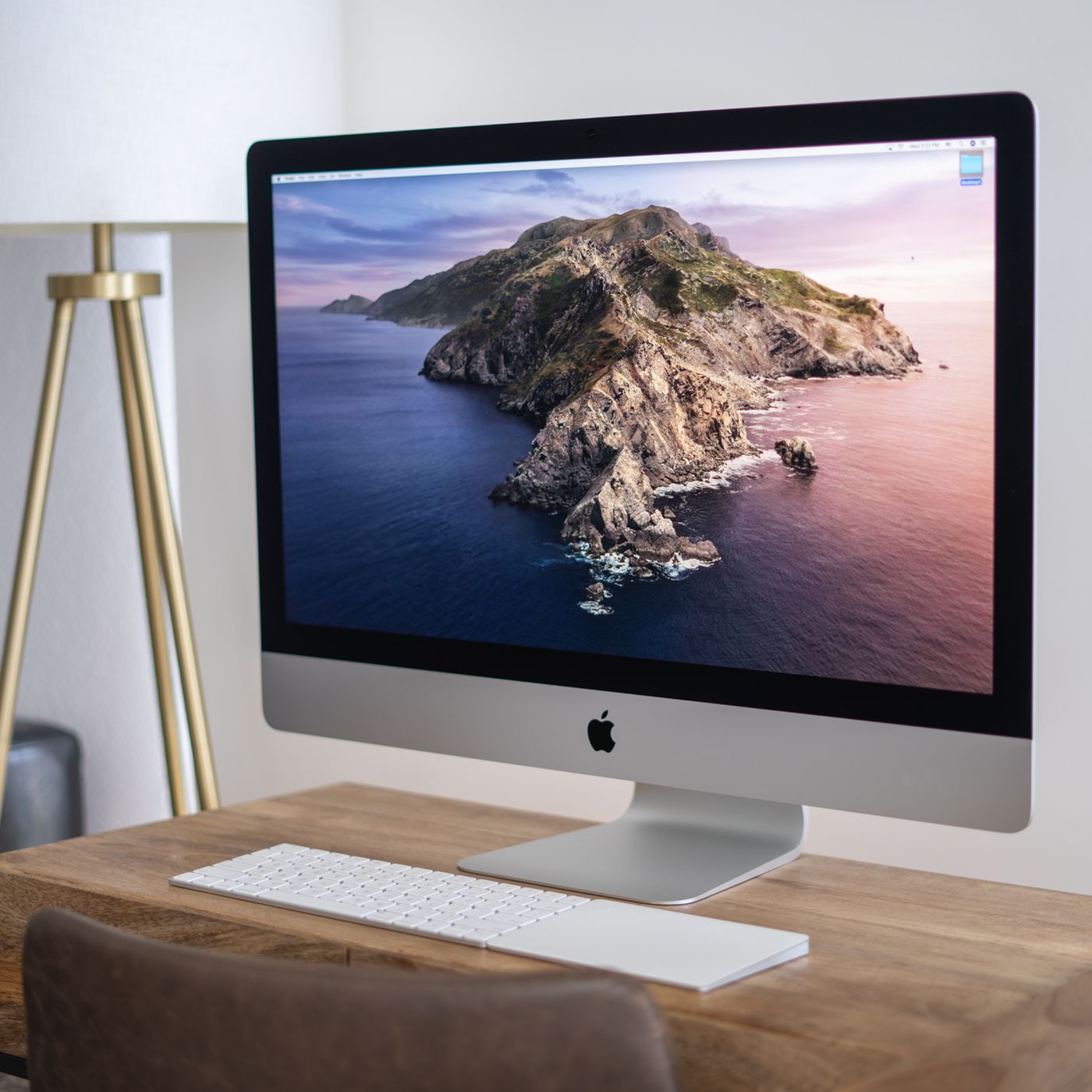
Troubleshooting Common Startup Issues
Checking Power Connections
If pressing the power button doesn’t do anything, ensure that all cables are properly connected and that the power outlet is functioning. Try using a different outlet or power strip to rule out any issues with the power source. It’s also worth checking the power cable for any signs of damage.
Resetting the System Management Controller (SMC)
If the desktop still doesn’t turn on, resetting the SMC can sometimes resolve startup issues. To reset the SMC on a Mac mini or Mac Pro, shut down the computer, unplug the power cord, wait 15 seconds, plug the cord back in, wait another 5 seconds, and press the power button. On an iMac, the process varies by model, so refer to Apple’s official support documentation for instructions specific to your machine.
Understanding the Boot Process
Recognizing Normal Startup Signs
During a normal startup, you’ll see a grey or black screen with the Apple logo and a progress bar. The length of time it takes to boot up can vary depending on your desktop’s specifications and the macOS version it’s running. Hearing the startup chime and seeing the screen light up are good signs that your Apple desktop is functioning correctly.
Listening for Beep Codes
If there’s an issue with your Apple desktop during startup, it might emit a series of beeps. These beep codes are diagnostic indicators that can help you or a technician troubleshoot hardware problems. The pattern of beeps can signal different issues, such as problems with the RAM or motherboard. Refer to Apple’s support site for guidance on interpreting these beep codes.
In conclusion, turning on an Apple desktop is usually a simple process, but knowing how to troubleshoot common issues can save you time and frustration. Remembering these steps will ensure that you can handle startup problems with confidence. Regular maintenance and familiarizing yourself with your Apple desktop’s features will provide you with a seamless computing experience from startup to shutdown.
